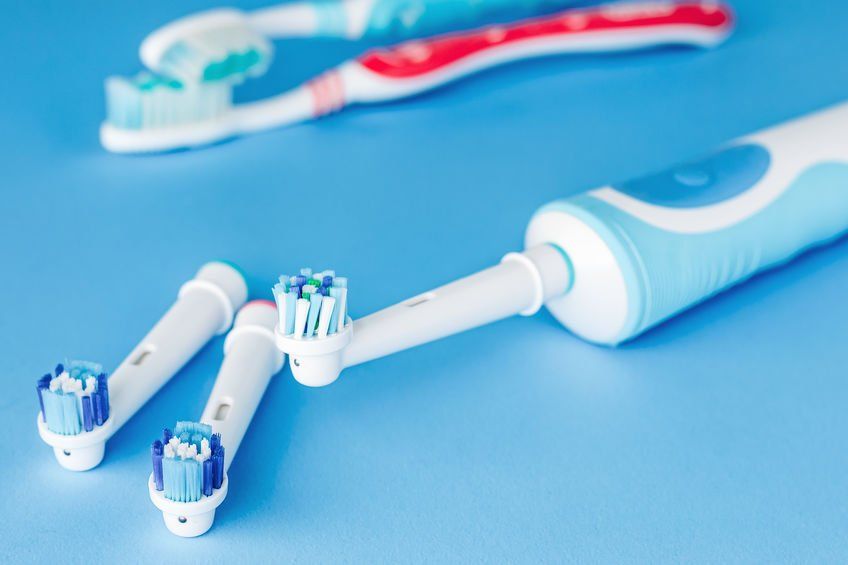The Pros and Cons of Electric Toothbrushes
- By Mary Marks
- •
- 16 Mar, 2021
- •

Electric toothbrushes according to dentists and Denver sedation dentistry offices are very popular these days, but like most popular products, they have pros and cons that everyone considering the appliance should know about.
The Pros of Electric Toothbrushes
Electric toothbrushes eliminate guesswork from the dental cleaning process – the rotating head cleans each tooth with the same efficiency. The appliance also removes plaque more efficiently than manual cleaning, leaving the surfaces as well as the edge of the teeth perfectly clean. Electric dental cleaning tools are also more gentle than manual brushes, being a great solution for people wearing braces as well as for the people who suffer from sensitive teeth and gums. The automatically rotating brush is also the best solution for people who have limited mobility in their hands, such as for people suffering from arthritis.
The Cons of Electric Toothbrushes
One of the most important cons of electric toothbrushes is the price – most devices are quite expensive and the replacement heads are not cheap either. The other con comes with improper usage – if the user does not hold the head in the correct angle, the electric brush can bush impurities to the line where the teeth meet the gum, which might lead to the development of cavities in those areas.





Although oral sedation dentistry Highlands Ranch is one of the optionsavailable for managing anxiety and discomfort during oral surgery, you certainly do not need to use it all the time. As a matter of fact, the exact type of sedation or anesthesia that you receive during oral procedures may depend on various factors, such as the complexity of the procedure, your medical problems, as well as your doctor’s preferences.
There can be several different levels of sedation that can be used in oral surgery. Local anesthesia is one of them. This involves injecting anesthetic medication into the specific area where the surgery will take place. It numbs the area and is often used for less invasive procedures.
Oral sedation involves taking medication in the form of a pill to induce a state of relaxation and drowsiness. The patient is still conscious, but he/she may not be fully aware of the procedure. At any rate, sedation helps him/her get rid of anxiety.
In the case of intravenous sedation, medication is administered through a vein, which induces a deeper state of sedation than oral sedation. Patients may still be conscious, but they are less aware of their surroundings and may not remember the procedure.





